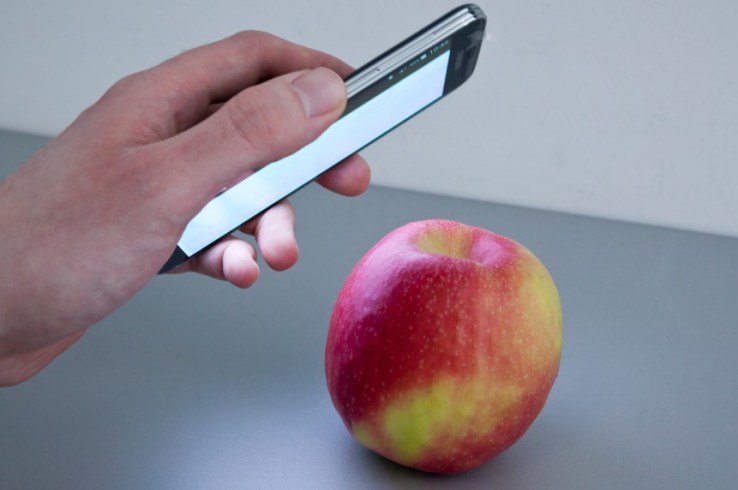If someone had told you a few years ago that in the future, the presence of substances in certain objects would be detected using a smartphone, you would probably be tapping your forehead. But this technology is closer than you think. Research team Fraunhofer in fact, he created an application called HawkSpex, which can perform spectral analysis of objects using just a smartphone. Typically, special cameras and optical instruments are needed for this analysis. So how is it possible that the creators of the application can use a smartphone that does not have anything similar?
Broad-spectral analysis works on the principle of dividing the light falling on the object into different wavelengths. Based on this, it is then possible to determine the presence or possible absence of certain substances. But due to the fact that today's smart phones do not have hyper-spectral cameras, the authors of the application decided to reverse the principle described above.
The HawkSpex application uses the phone's display instead of a camera, which emits light of certain wavelengths and then evaluates how these wavelengths react or how they are reflected from the illuminated object. However, everything has its catch, and so even the HawkSpex application has its limits, where this form of spectral analysis works and where it doesn't. The authors of the application expected that users would use it primarily to scan various foods, whether they contain traces of pesticides, or soil to determine the nutrient content. Ultimately, the application will be improved by the users themselves, who will record their observations in it, for example when comparing similar foods, etc.
Currently, HawkSpex is in the testing phase and the team still wants to test the app's behavior in normal use before releasing it for fidelity.
